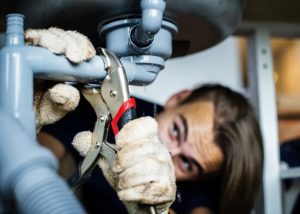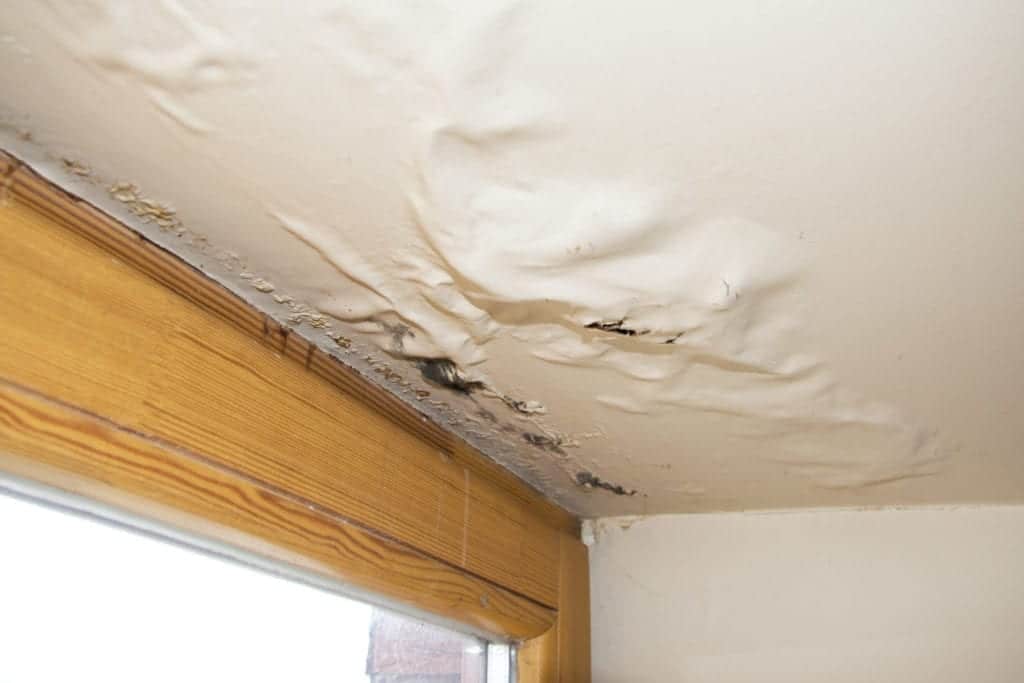What are your beliefs on Locating water leaks?

Early discovery of dripping water lines can reduce a possible calamity. In addition to conserving you cash, it will minimize the irritation and disappointment. The minute you find a leakage, calling your plumber for repairs is the best service. Some little water leaks might not be visible. Here are some hacks that aid if you can not detect it with your naked eyes.
1. Analyze the Water Meter
Every residence has a water meter. Checking it is a surefire way that helps you discover leaks. For beginners, switch off all the water resources. Make certain no one will certainly purge, make use of the tap, shower, run the cleaning equipment or dishwasher. From there, go to the meter and watch if it will certainly transform. Since no person is utilizing it, there must be no activities. That shows a fast-moving leak if it relocates. If you identify no adjustments, wait a hr or 2 and also check back again. This suggests you might have a slow leak that could also be below ground.
2. Check Water Consumption
If you identify unexpected modifications, despite your consumption being the exact same, it implies that you have leaks in your plumbing system. An abrupt spike in your expense indicates a fast-moving leakage.
A steady boost every month, also with the exact same behaviors, shows you have a sluggish leakage that's also slowly escalating. Call a plumber to completely inspect your residential property, specifically if you feel a warm location on your flooring with piping below.
3. Do a Food Coloring Examination
When it involves water intake, 30% originates from toilets. Examination to see if they are running properly. Drop specks of food shade in the container as well as wait 10 minutes. There's a leak between the container as well as dish if the color somehow infiltrates your dish during that time without flushing.
4. Asses Exterior Lines
Do not fail to remember to inspect your outside water lines as well. Ought to water seep out of the connection, you have a loose rubber gasket. One little leakage can lose heaps of water as well as surge your water bill.
5. Analyze the scenario as well as examine
Property owners need to make it a routine to check under the sink counters and also even inside closets for any type of bad odor or mold and mildew growth. These 2 red flags show a leak so punctual attention is needed. Doing routine assessments, even bi-annually, can save you from a significant issue.
More notably, if you understand your home is already old, maintain a watchful eye on your heating systems, tubes, pipelines etc. Look for discolorations and also weakening as most pipelines and also appliances have a life expectancy. They will also naturally deteriorate as a result of tear and also put on. If you suspect leaking water lines in your plumbing system, do not wait on it to intensify. Call a specialist plumber as soon as possible so you don't wind up with a dreadful mess in your home.
Early detection of leaking water lines can minimize a potential catastrophe. Some small water leaks may not be noticeable. Examining it is a proven way that helps you find leakages. One tiny leak can squander heaps of water and also increase your water costs.
If you believe dripping water lines in your plumbing system, don't wait for it to escalate.
How to Know If Your Home Has a Hidden Leak
Water Meter Reveals Inexplicable Water Usage
If you’d like to test whether or not there’s a leak somewhere in your home, you can do this using your water meter. Here is how to conduct the test:
Don’t use any water in your home for at least 30 minutes; this also means not turning on faucets or water-using appliances.
Go outside, and check your water meter for activity.
If your water meter shows that there was activity, even though no one was using any water, this proves that there is a leak in your home.Visible Mold or Mildew Growth
Leaks behind walls create moist, dark environments that allow mold and mildew to grow and thrive. Eventually, you might see mold growth forming on the wall closest to a hidden leak.
If mold is growing in an area that receives a high amount of moisture, such as a bathroom, it may simply be an indication that better ventilation is needed. However, if you see mold growth on a wall or the ceiling in an area where you would not expect, you probably have a hidden leak.
Musty, Mildew Odor
Sometimes you might not be able to see the mold or mildew that is growing as a result of a leak. However, the smell can give the problem away just as easily. If you catch a whiff of something musty, there’s a good chance that old water is collecting somewhere in your home that you can’t see.
Stained/Warped Walls, Ceilings, or Floors
When your home soaks up water, a variety of red flags can become visible, including ceiling stains, bubbling drywall, warped walls, and sagging floors. While these issues can be caused by excess humidity, they can also be signs that a pipe or plumbing connection has started leaking behind your walls.
Inexplicably High Water Bill
After a while, you get a general sense for what your water bill should be. If you own a pool or sprinkler system, your bill will tend to be higher during summer. However, if you receive a water bill that seems especially high, and you can’t figure out what caused it, then you may have a hidden leak somewhere that’s increasing your bill.
https://www.plumbingjoint.com/blog/2019/july/how-to-know-if-your-home-has-a-hidden-leak/

We were guided to that write-up on Leaking water lines through someone on another website. So long as you enjoyed our article please don't forget to pass it around. Thanks a lot for taking the time to read it.